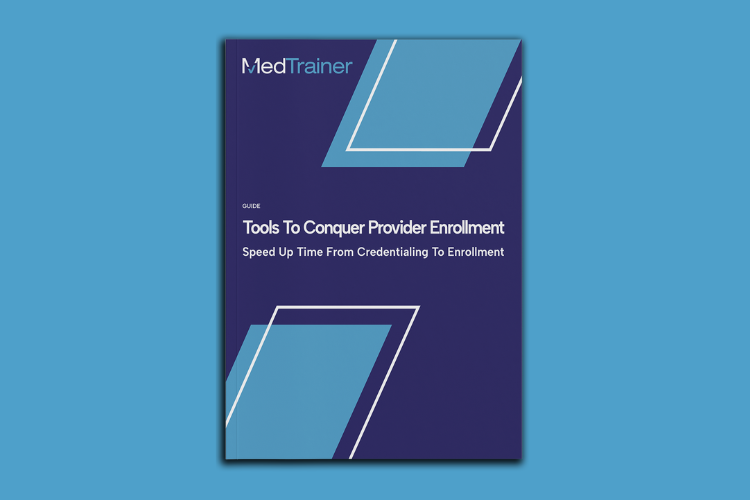In my experience, credentialing one provider takes 4-8 hours of uninterrupted time. How many credentialers have that luxury when there may be scores of enrollments to complete on top of other daily responsibilities? Even the speediest credentialer needs help, so using provider credentialing checklist templates explicitly designed for the specialties and payers you work with is a great idea.
A detailed process is your most significant control point when enrolling providers with the many payer organizations in your network. Checklists help to ensure you have everything you need — the first time — and when one step is complete, you know exactly what to do next.
Delays Are Inevitable But Not Unconquerable
How costly is a one-day delay in enrolling a single provider with one payer? If that provider offers services, your organization is shelling out $9,000. What happens when delays stretch out? Two days early in the process, another six further down the road? What if your credentialer forgets a letter of intent in the enrollment packet?

You’ve already waited for the payer to start working on the submission. The waiting time varies by payer, but let’s say it was two weeks. If the payer requires you to resubmit the application and start over completely, that’s $9,000 lost per day multiplied by 10 working day
I can’t stress enough the importance of accuracy and organization in provider credentialing and enrollment. You can’t expect credentialers to remember every minute detail, so using a provider credentialing checklist is critical.
Provider Credentialing Checklist Template
Our credentialing experts designed the following template as a guide for healthcare organizations of all sizes and types to tackle provider credentialing and other tasks associated with enrollment. You can use the steps to design a process that best fits your organization’s needs and resources.
Gather Training and Education
|
|
Practitioner degree (MD, DO, DPM), post-graduate education or training |
|
|
Details of medical or professional education and training |
|
|
Completion of a residency program in the designated specialty |
Gather Licensing and Certification
|
|
Current license or certification in the state(s) in which the care provider will be practicing (no temporary licenses) |
|
|
National Provider Identification (NPI) number |
|
|
Specialty (surgeons need board certification; RNs don’t need anything else) |
|
|
Active Drug Enforcement Agency (DEA) number and/or Controlled Dangerous Substance (CDS) Certificate or acceptable substitute (if required) |
|
|
Medicare/Medicaid participation eligibility or certification (if applicable) |
Gather Work History Details
|
|
Five-year work history. If there are any gaps longer than six months, please explain |
|
|
Statement of work limitations, license history, and sanctions (only required if you are applying to join UnitedHealthcare’s Medicare and Medicaid plans) |
|
|
W-9 form |
|
|
Hospital staff privileges |

Get the tools you need to eliminate delays in your provider enrollment process.
Take Control of Provider Credentialing With Software
There’s no “best” method of credentialing providers, although a provider credentialing checklist template beats paper and spreadsheets every time.
Leading credentialing software will turn this checklist into a proven workflow with automation and reminders to save even more time. The process is tracked within a provider’s profile, where you can manage data, documents, and communication. Dashboards show you what documents, verifications, and enrollments are yet to be completed, and you easily track average process times to ensure you’re on pace.
To see how credentialing delays impact your provider enrollment process, use our Credentialing Reality Checklist to get a complete view of your time to enroll providers. If this is precisely what your credentialing process needs, schedule a MedTrainer demo today!
